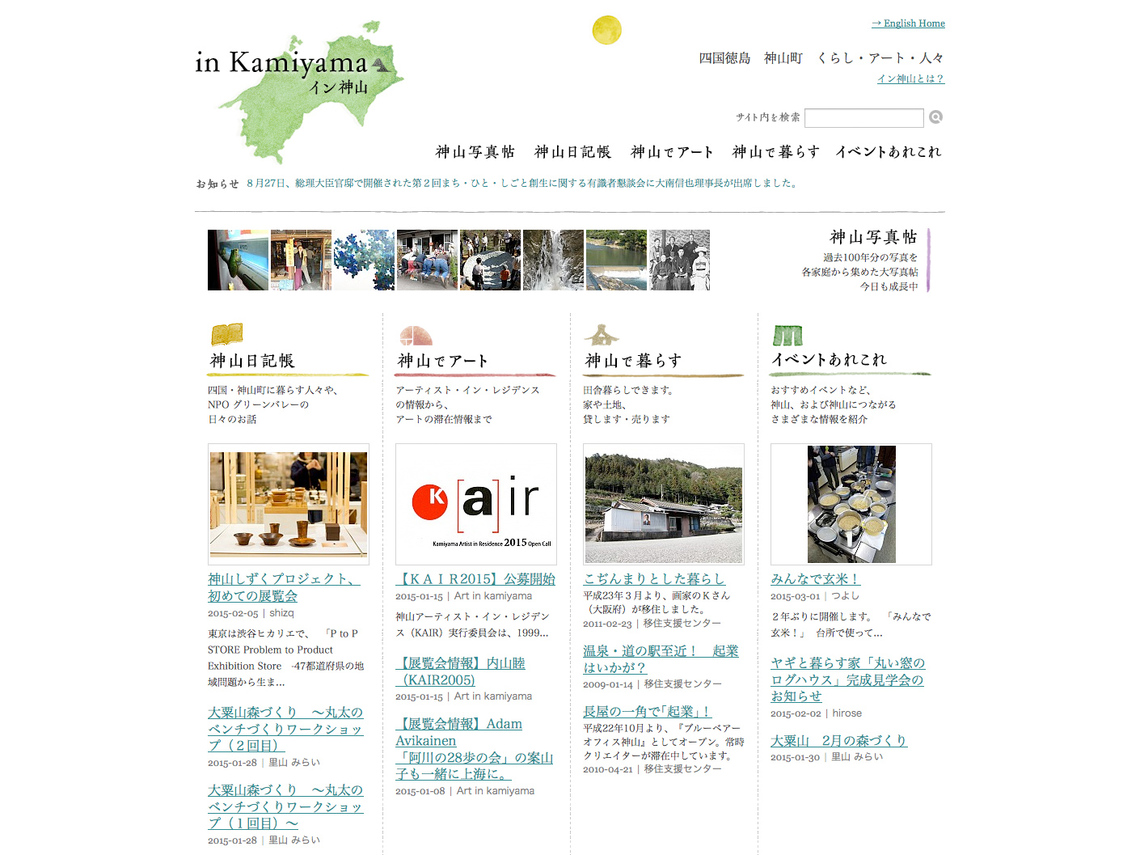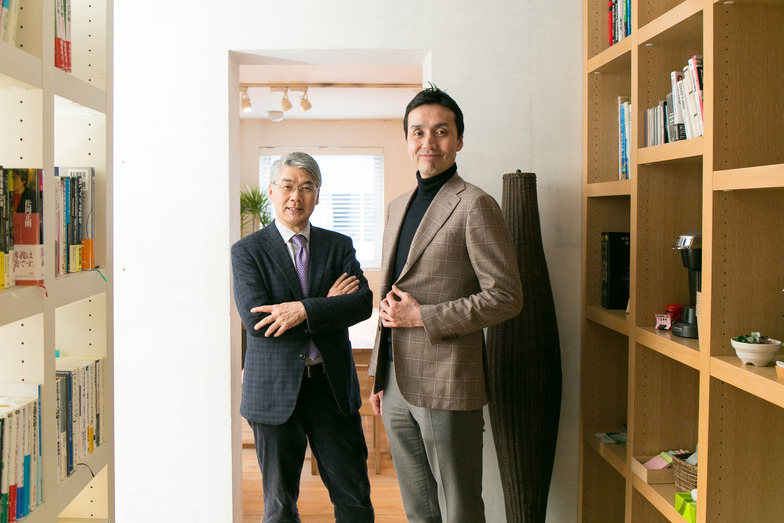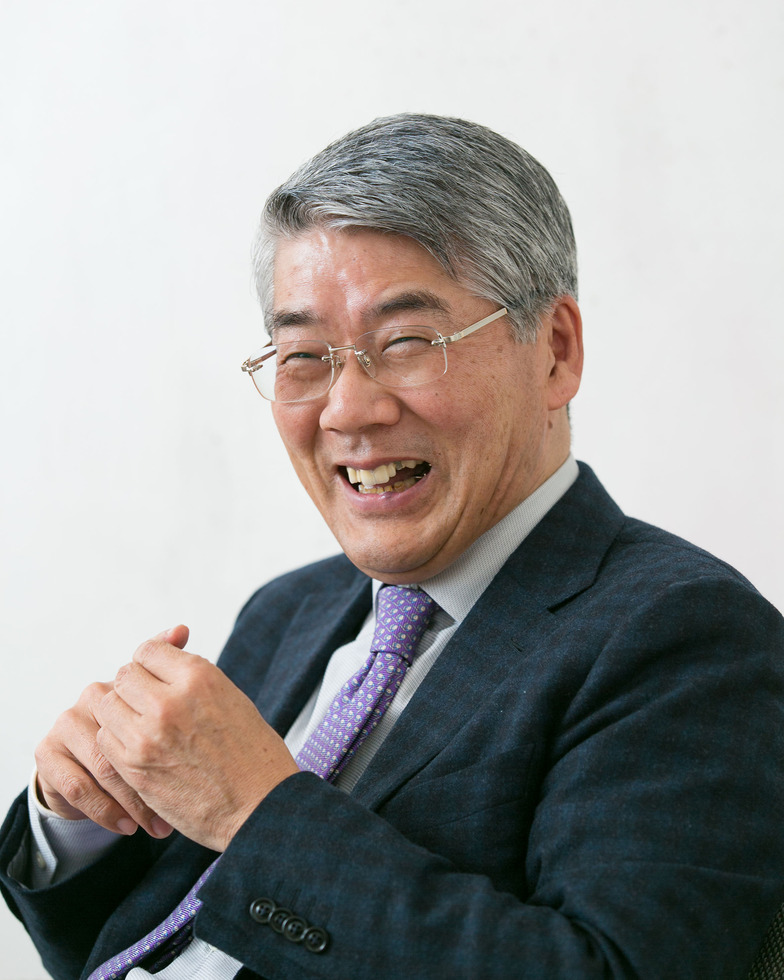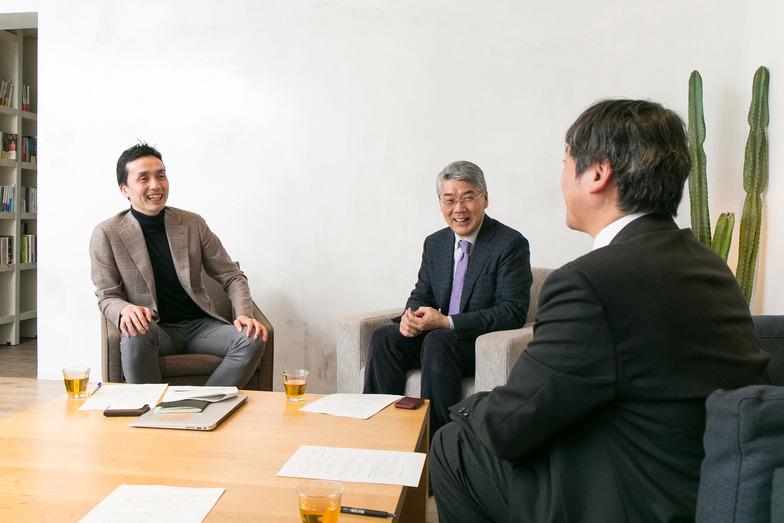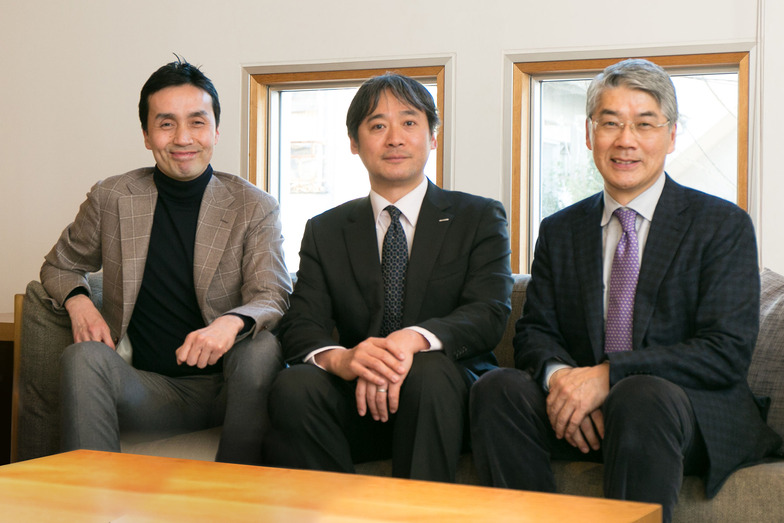Co-Creation of "Soft Leadership" as Seen in the Kamiyama Project

Shinya Ominami
Green Valley, Specified Nonprofit Corporation

Nomura Yasuhiko
Future Sessions Co., Ltd.

Riki Murakoshi
Dentsu Inc.
Was this article helpful?
Newsletter registration is here
We select and publish important news every day
For inquiries about this article
Back Numbers
Author

Shinya Ominami
Green Valley, Specified Nonprofit Corporation
Born in Kamiyama Town, Tokushima Prefecture in 1953. Graduated from Stanford University Graduate School in the United States. After returning home, while practicing "resident-led community development" with colleagues, began working on "creating an international artists' village" around 1996. Successively launched initiatives including Japan's first road cleaning program, the "Adopt-a-Road Program," and art projects like the "Kamiyama Artist-in-Residence." He promotes complex, multi-layered community development, including the designated management of town-run facilities and the contracted operation of the Town Migration and Exchange Support Center. He is currently working toward the goal of creating a creative community called "Sekai no Kamiyama Zukuri" (Creating Kamiyama for the World), where people of diverse backgrounds gather. Awards: 2000: "Town Open to the World" Minister of Home Affairs Award, Kamiyama International Association (predecessor organization of Green Valley); 2000: "Furusato Creation Contest" Prime Minister's Award, Adopt-a-Highway Kamiyama Conference (predecessor organization of Green Valley); 2007: 60th Anniversary of Local Autonomy Law Enforcement Minister of Internal Affairs and Communications Award (Local Autonomy Meritorious Individual); 2009: Minister of the Environment Award for Distinguished Service to Regional Environmental Beautification, Adopt-a-Highway Kamiyama Conference; 2009: Japan Foundation Global Citizen Award, Green Valley

Nomura Yasuhiko
Future Sessions Co., Ltd.
Professor at Kanazawa Institute of Technology (K.I.T. Toranomon Graduate School), concurrently serving as Principal Researcher at GLOCOM, International University of Japan. Ph.D. (Engineering). The future I want to create is a creative society where citizens themselves engage in dialogue and take action. After graduating from Keio University, I joined Fuji Xerox. Following my involvement in shaping the company's business transformation vision, "From Documents to Knowledge," I launched the new knowledge services business KDI (Knowledge Dynamics Initiative) in 2000. In June 2012, he founded Future Sessions to drive social innovation across corporations, government, and NPOs. His publications include "The Smooth-Running Organization," "There's No Job More Rewarding Than Behind-the-Scenes Work," and "Let's Build a Future Center." He also co-translated "Community of Practice," "Gamestorming," "Connect," and "Scenario Planning: Envisioning and Creating the Future."

Riki Murakoshi
Dentsu Inc.
In addition to client-facing consultation work, engage in future forecasting and SDGs-related activities. Perform duties including value creation, consultation, and planning.
